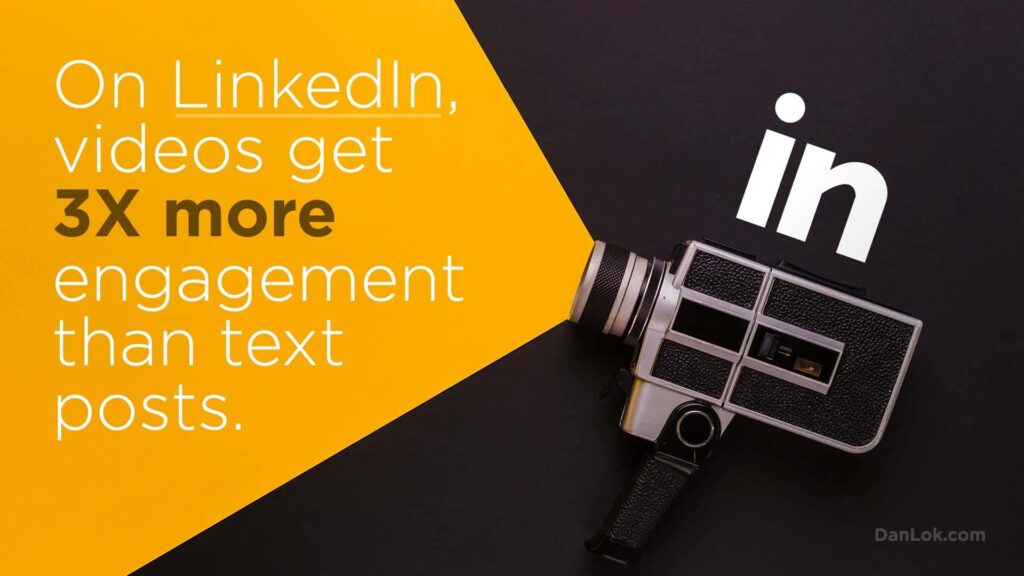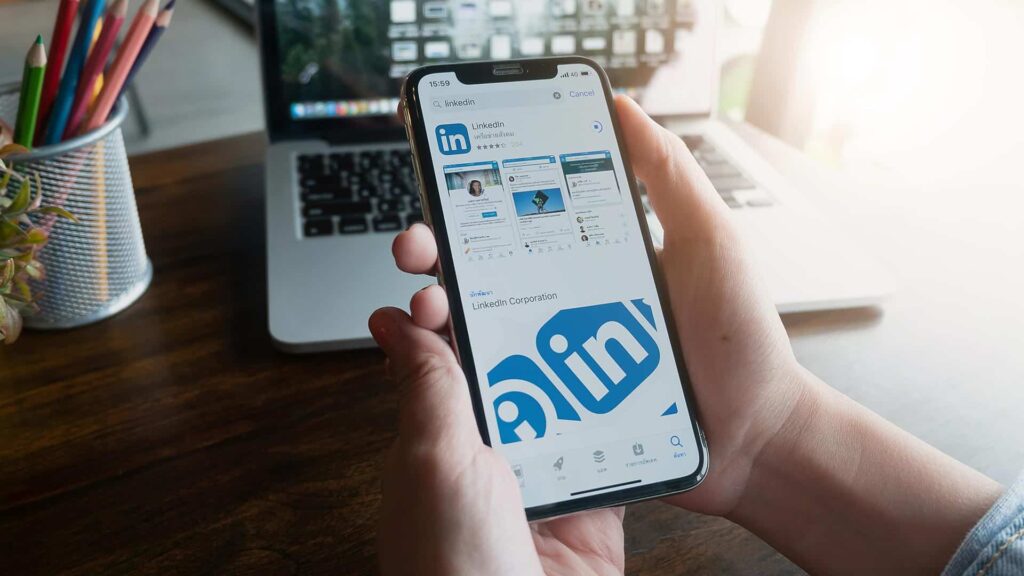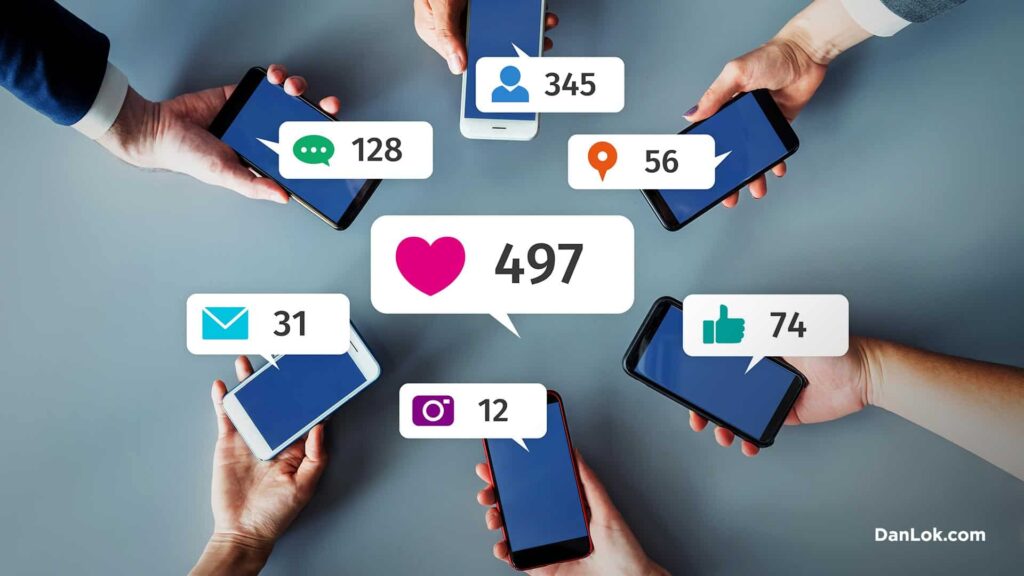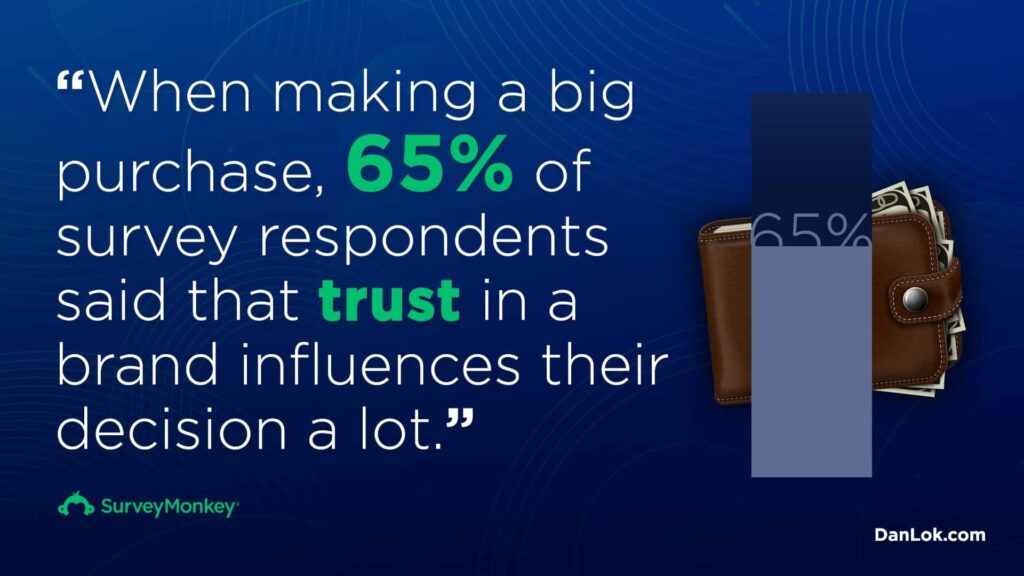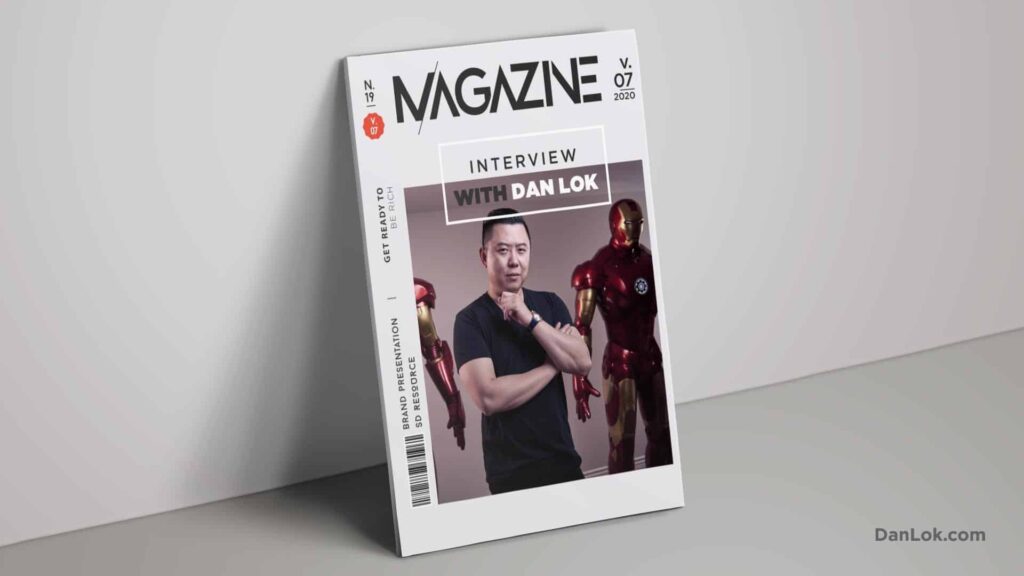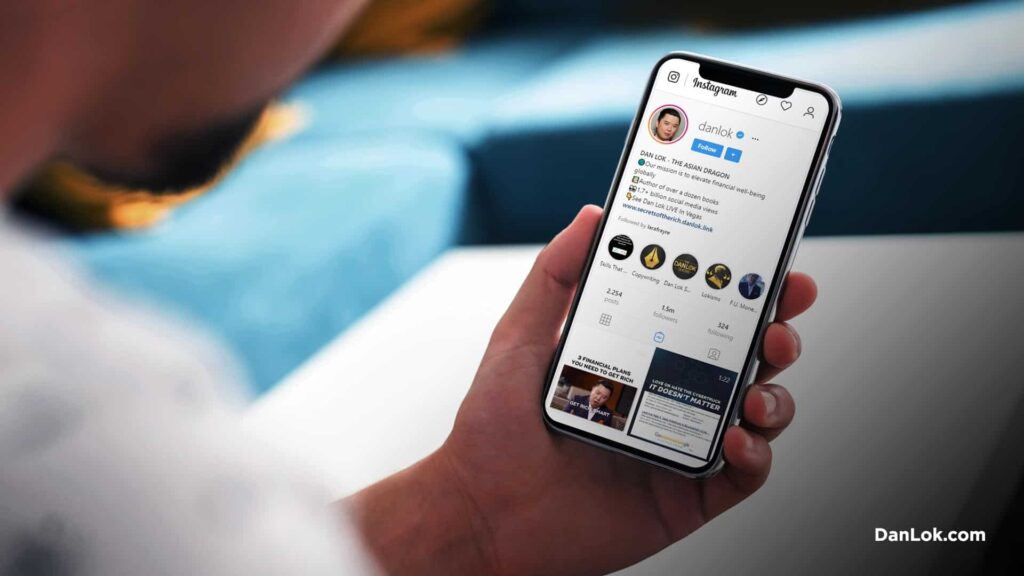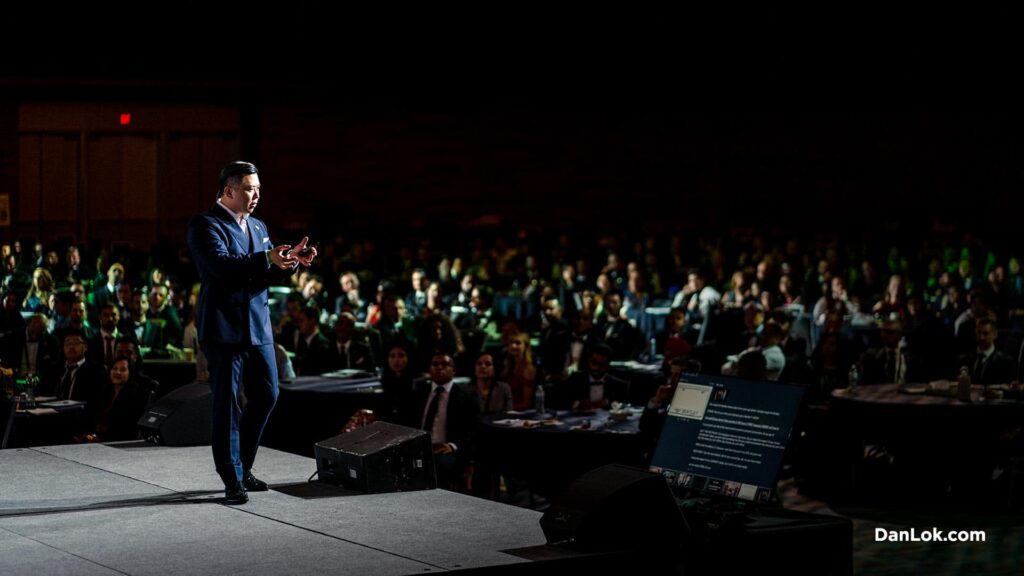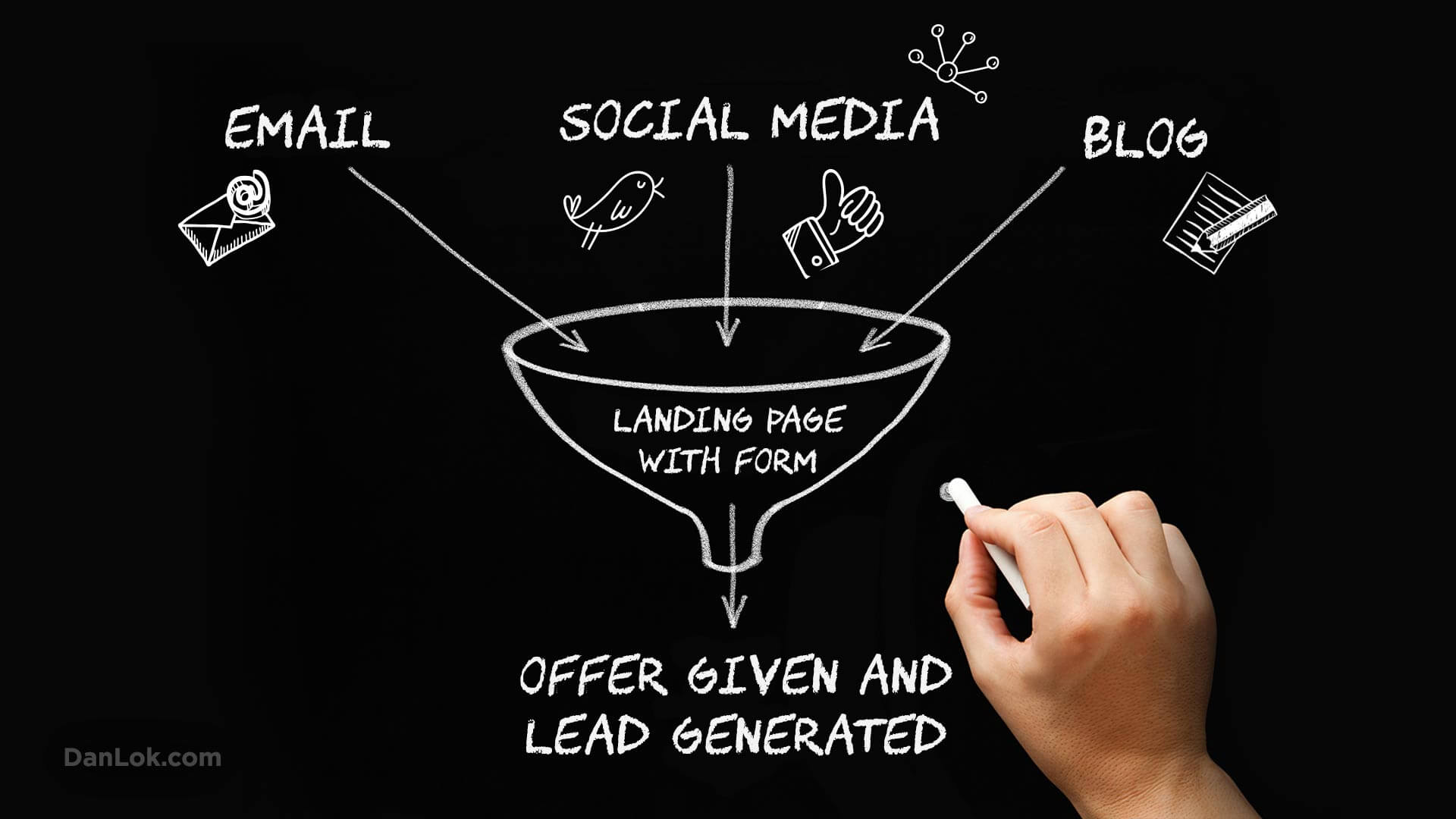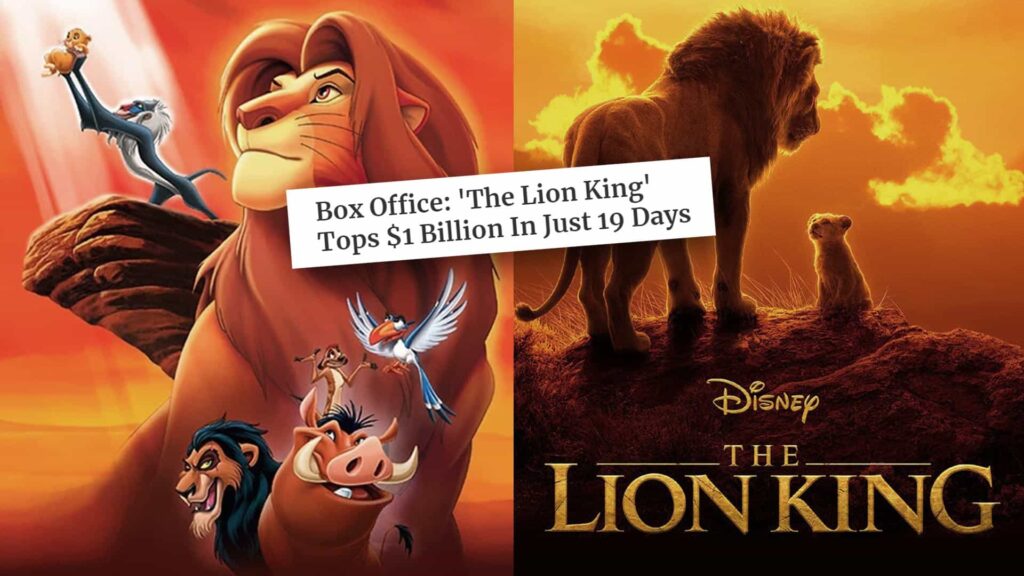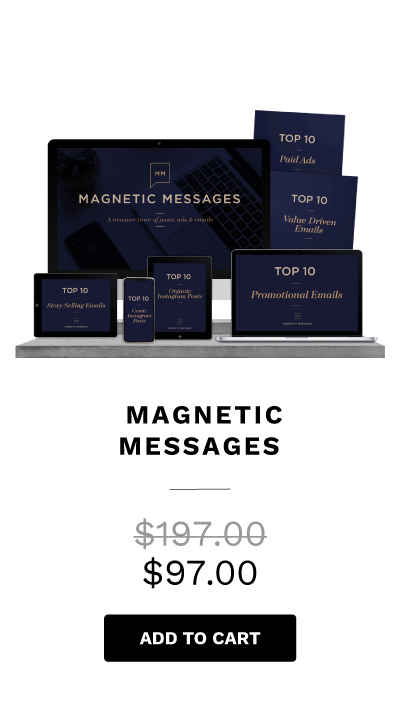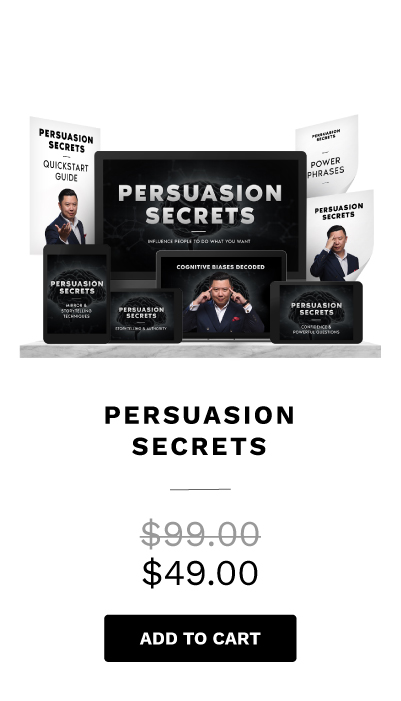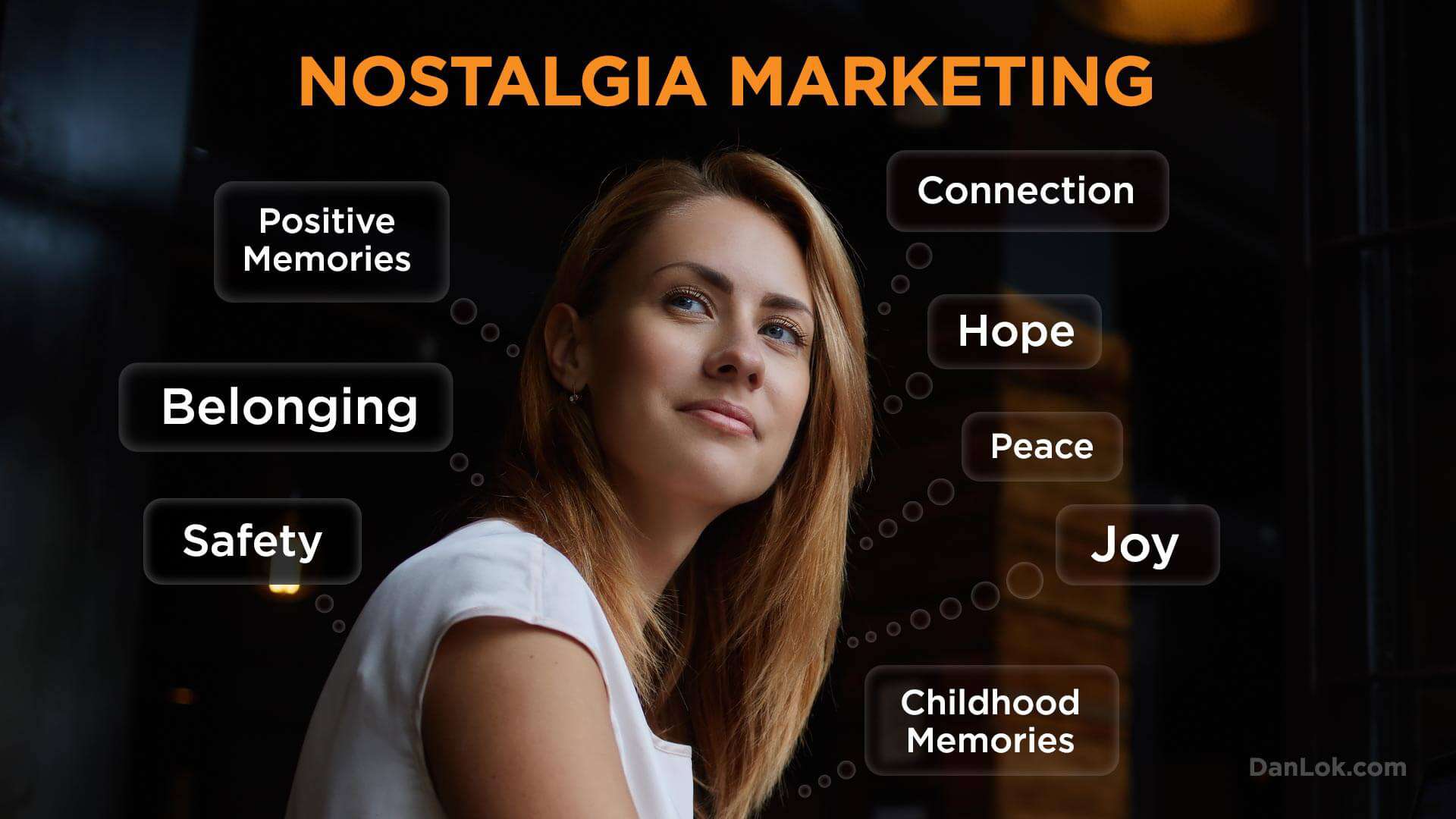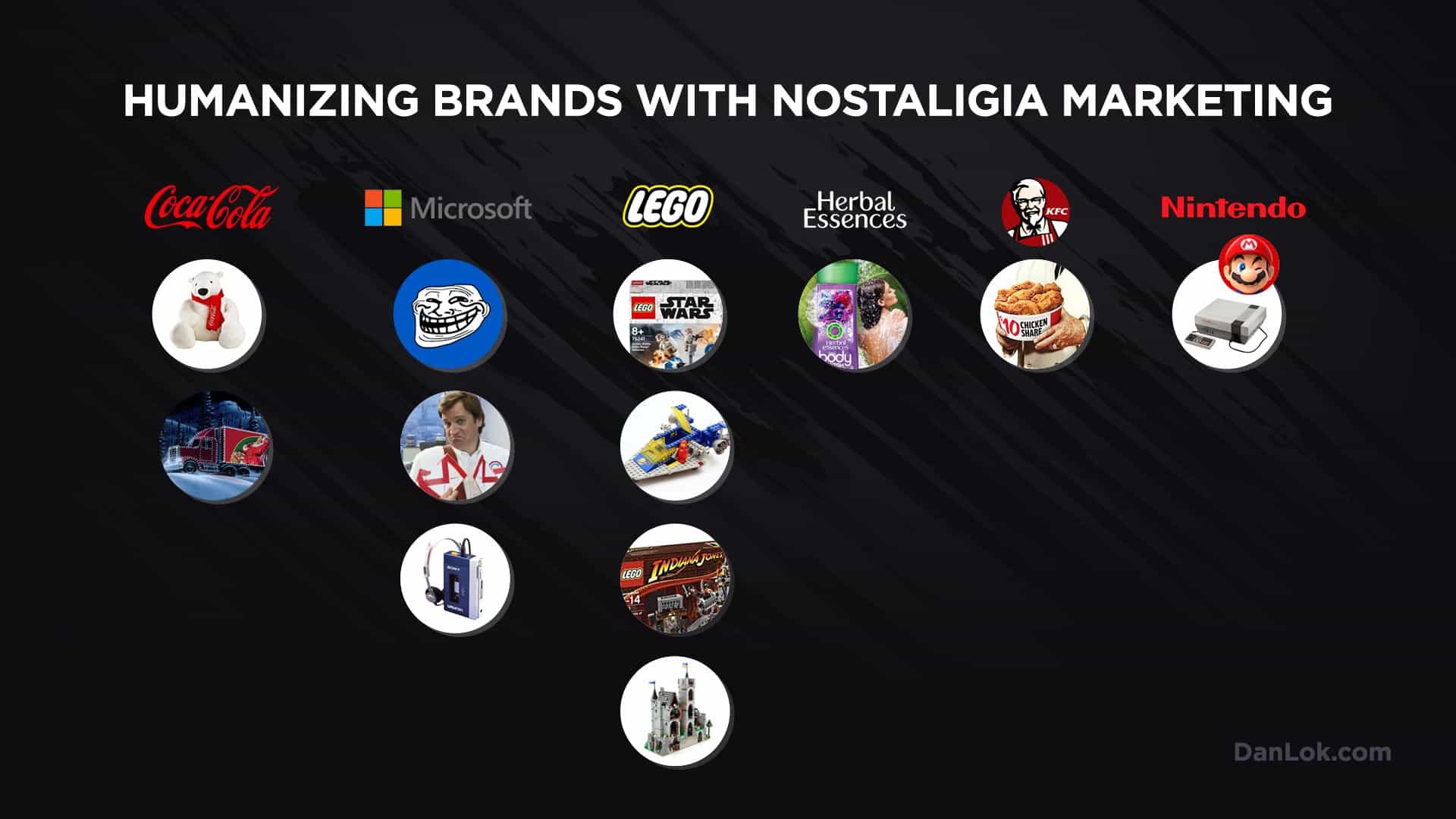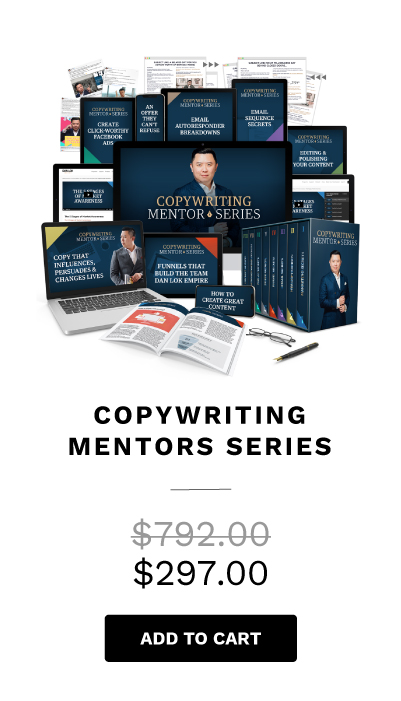Are you looking into creating a personal brand, but you don’t know where to start?
I see and hear a lot of bad advice when it comes to creating a personal brand. People who never actually built a successful or powerful personal brand themselves, want to tell you how to do it best.
It’s smarter to listen to people who practice what they preach. That’s why people ask me for advice on creating a personal brand, since I have credibility in the form of success and millions of social media followers.
Personal branding is important because ultimately, your personal brand will differentiate you from your competitors. When creating your personal brand, you want it to stand for something. The last thing you want to do is to be another boring realtor, another pushy sales agent, another coach who lacks that ‘X’ factor. You are unique, and you need to figure out your unique superpower and incorporate what makes you stand out into your branding. Your personal brand should be a reflection of your unique superpower.
I spent a lot of time building my personal brand. And that’s why today, I want to share 10 insider tips on creating a personal brand based on your superpower.
Why Should You Be Creating A Personal Brand?
A personal brand isn’t something you create after you already have millions of followers on social media. Instead, I like to think of your personal brand as your reputation and your image. If you asked others to describe you in three words, what would they say?
Would people say positive things about you and your brand? Would you like what people said? Or would it be negative?
Get some clarity on how you want others to see you. Figure out the three words you wish other people would use to describe you, and your brand. Those three words will become the base of your personal brand.
For example, the three words could be, “Diligent, “Honest”, and “Humorous”. It can be whatever you most desire to be known as.
Now, my personal recommendation is not to stop there. Next, you want to find out what your unique superpower is, and build your personal brand around that.
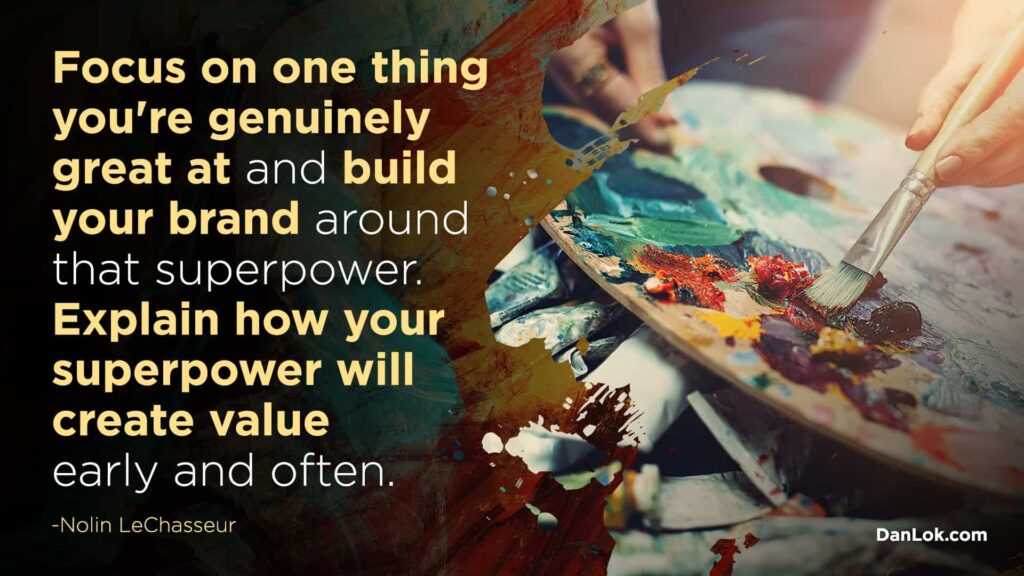
Why Should Your Personal Brand Be Created Around Your Superpower?
What do superpowers have to do with creating a personal brand? If you’ve followed me for some time, you know that I love superheroes like Iron Man or Batman. Studying comics, I noticed one thing. Superhero characters often have longevity. People remember these characters. Some of these superhero characters have been around for decades. People like to follow the story of superheroes.
That’s why when you are creating a personal brand ,you want to model your brand story after a superhero story. Basically, you are creating a character. The character is you, but maybe not all of you.
In other words, perhaps you tell your audience certain stories from your past, such as things that shaped you, but you don’t tell them about your current private life. That’s perfectly okay. Your personal brand doesn’t need to be based on your full story, or include every little detail of your life. With personal branding, you just have to reveal enough of a story so that you are authentic and people can connect with you.
Focusing on your superpower also has another benefit. Instead of trying to be good at everything, you narrow it down to what you are best at. What you’re best at is your special gift – your unique superpower. You have positioned yourself as an expert on one particular subject.
If you claim to be an expert at everything, nobody will believe you, and nobody will like your brand. That’s why specializing in one thing or one niche creates a lot more credibility. If you position yourself as an expert in one niche subject or field of focus, your brand will garner more respect and attention.
I personally have been using this strategy, and it’s been working. I have positioned myself as an authority figure and established myself as an expert in certain niche fields related to business, copywriting, sales, and closing. That means that my personal brand won’t be for everyone. My brand is for certain kinds of people who are interested in learning what I am an expert at. P
art of developing my personal brand involved telling my story of how I became an expert at these things. I won’t be around forever, but the character of Dan Lok will live on.
Below are 10 insider secrets for creating a personal brand using your unique superpower:
1. Creating A Personal Brand by Discovering Your Superpower
The first thing you need when creating a personal brand based on your superpower is, of course, your superpower. I’m not talking about superhuman strength or the superpower of flying, though.
Your superpower is what you exceed at. You superpower is your special gift, skill, or talent – it’s something you are exceptionally good at.
It could be anything from public speaking to consulting to SEO copywriting. Your superpower is based on your primary skill that you are an expert at.
Focus on a superpower that you enjoy, which will also bring value to the marketplace. Then, communicate your superpower to your target audience.
What if you aren’t sure what your superpower is, exactly? Determining your strengths and weaknesses is an important task to further your growth. So you might want to dig deeper and get to know yourself.
Usually, your superpower feels effortless. It’s what you’re naturally the best at, without trying that hard. You are great at it, and it amazes others. Your superpower can be a skill or something you understand more clearly than others. It could be something you’re so good at, you’re are almost fearless. When you discover your superpower, you will notice because it will feel just right, and you’ll feel very confident doing it.

2. Be Clear on What You Want to be Known For
Tying back to your reputation, what do you want others to say about you?
Maybe there are others that have a similar superpower to yours. For example, there are several motivational speakers out there, but what if your superpower is motivational speaking? How do you break through the noise and stand out from the crowd? You do this by creating a personal brand that is solid, unique, and powerful.
When you are clear on what you want to be known for, you don’t leave anything to chance. If you look at my personal brand, for example, what do people know me for? Possibly things like “Dan Lok is a millionaire”, or “Dan Lok is the King of Closing”, or “Dan Lok is the boss in the Bentley”, or “Dan Lok wears a red suit.” Now, do you think any of that was by accident? No. I made very conscious choices about my personal brand and what I wanted to be known for.
So, what do you want to be known for? What do you want to be viewed as an expert in? Make sure you are clear on this. Then start to communicate it with your actions, words, and personal branding.
3. Creating A Personal Brand By Adding A Face To Your Business
Another reason why personal brands are so powerful is this: When you are creating a personal brand, you are adding a face to your company. Your business isn’t just a logo or a product anymore. That’s important, because people don’t really connect with logos. They connect with humans beings they like and trust. That’s why adding a face to your personal brand can really help you.
Adding your face to your brand adds credibility and increases trust. Why? Because at the end of the day, people buy people. They don’t buy products as much as they buy people.
With a strong personal brand, it’s no problem if your product or career might change. You and your personal brand stay the same. You are so much more than a logo and that’s why you will stand out. If people are connected to your story and you ‘why’, they will follow you. Even if you change careers. They want to know what you as a character will do next.
4. Creating A Personal Brand by Adding Your Backstory
All superheroes have on thing in common. They have a backstory, which tells their audience how they became superheroes in the first place.
There are three very powerful ways to tell your backstory:
The reluctant hero: In this story, the hero is an ordinary person. But something changes in their lives that makes them step up as a hero. In the beginning, they aren’t sure if they can do this though. Only when they find a reason – a strong ‘why’ – they fully pursue their story as a superhero.
An exceptional person who overcame serious obstacles. People aren’t interested in ordinary people. They love to watch people who are great at something and succeed, despite obstacles and challenges in their way. When you build your personal brand on such a story, people will want to follow you, because they are wondering, What will happen next? People also love underdog stories.
Us versus Them. This is another powerful story because people tend to naturally think in belief systems. It’s very powerful if you and your tribe have the same enemy. Use this tip only for good.
Now all you need to do is look back and see which of the three fits best with your story. Are you a reluctant hero who only found your true calling after something significant happened? Or have you always been on your path and overcame big obstacles to get where you are? Or maybe you want to create your personal brand on an us vs. them framework?
Decide which one you are, and start telling your story. Storytelling has infinite power when it comes to marketing. Maybe you heard of the saying, “facts tell and stories sell”?

5. What Do You Stand For?
When you are creating a personal brand based on your superpower you also want to communicate what you are stand for.
If you look at popular superheroes, they all stand for something. People don’t care that much about what you do. They care about why you are doing it. So if you share your story and share why you are doing what you are doing – wouldn’t that add much more power to your personal brand?
Think about successful entrepreneurs or celebrities that you look up to. What do they stand for? What does Elon Musk stand for? Or what about Oprah?
This also ties back to your backstory and your ‘why’. Tell people what you stand for and why. Are you contributing to a good cause? You will be creating a powerful personal brand if you are. Even if others are doing similar things as you, you can find a way to be unique. Even if others have a similar ‘why’, nobody has the same unique backstory as you do. So when you link the two together you will stand for something and nobody else can do it the same way. You will be able to cut through the noise and stand out with your story.
6. Creating A Personal Brand Based On Your Parables
You might be wondering, what are parables? Simply put, parables are your stories. You have your main backstory but you also have other stories that you use to make a point or strengthen your personal brand. So, if you watch my YouTube videos, for example, you will see I have a few stories. I have my copywriting story about my first mentor who taught me the art of copywriting, I have a story about my mother, and a story on how I used to work in a supermarket, and so on.
You’ll want to create an inventory of stories that you can tell when you are making a certain point. You also want to continuously add more stories to your inventory. Because at the end of the day, marketing is storytelling. Never forget that facts tell and stories sell.

7. Your Secret Language
When you are creating a personal brand, you also want to pay attention to how your target audience is speaking. Maybe they are using certain words and phrases that don’t make much sense to outsiders. But when you use the secret language they will feel connected to you much faster.
So, you might want to do some research on your target audience and see how they speak and what their lingo is. But since you are your personal brand, you want to make sure your secret language also makes sense to you.
You are unique and you want to show that by creating a personal brand. Don’t try to copy others. Don’t try to copy me. There is only one you in this world.
8. Create Your Own Technology
This is very closely linked to your secret language. When you are creating your personal brand you want to come up with your own technology or your own mechanism. What do I mean by this? This means you are creating a system that helps your customers solve a problem, and then you give it a name.
For example, if you are an accountant you most likely already have a system in place. You have some way of how you help your clients. Now all you need to do is give that system a name.
Maybe you hear of the book “S.P.I.N. Selling”. In this book, the author is teaching how to sell following a certain method. He came up with it and called it SPIN.
Now while there are many people that teach sales, he is the founder of the SPIN sale technology. He stands out from the crowd because nobody else uses this kind of technology.
Maybe what he teaches is very similar to other sales methods. But because of the technology, it is special. You could easily do the same for your superpower when creating a personal brand.
9. Creating a Personal Brand For Your Niche
When it comes to marketing and branding, you don’t want to appeal to everyone. Many people think it’s better for sales to try to relate to everyone, but it’s actually not. Trying to market to everyone is counterproductive. You become too vague and you end up selling to nobody. Why? Because consumers in the marketplace would rather buy from someone who specializes in solving the specific problem they’re looking to solve.
Take a look at your current customers – what kind of professions do they have? If a large chunk of your audience are realtors, start by marketing to realtors. If, however, a large part of your audience are entrepreneurs, market to them. You get the idea.
Nobody goes to get a specific surgery from a general practitioner.
It’s the same when creating a personal brand. Maybe there are several things you are good at. Still, you want to start narrow and very specific. If needed you can always go a bit broader later. As I said, your specific superpower also helps you to be more specific. You aren’t an expert in everything. You are the go-to person for one or two very specialized things.

10. Creating a Personal Brand Based on Your Signature Style
When creating a personal brand, your signature style will play a role, too.
Remember my superheroes analogy? All superheroes have a signature style. They all have a special suit or outfit that they wear when they get into their hero persona. That’s also what I did with my red suit. I wear my red suit for special occasions, like when I’m on stage. People easily remember it and it became part of my personal brand identity.
Your signature style means more than the clothes you wear, though. Your signature style incorporates the color themes you use on Instagram, and the general feelings you evoke with your style. Is it luxurious? Sporty? Intellectual? Adventurous?
Your signature style also is formulated by the way you speak. Are you direct and authoritative? Or are you warm and bubbly? How about humorous and sassy? Choose a way to speak to your audience that matches your signature style and helps solidify it.
Again, you want to make very conscious choices about this. Base it off your unique superpower. I also suggest you make sure that your personal brand is congruent. Congruent in itself and congruent with your personality.
Ready To Supercharge Your Personal Brand?
You’ve probably learned a lot about creating a personal brand by reading this article. However, there is still much, much more to consider when it comes to building a powerful personal brand.
Since you are your personal brand, you should always be working on bettering yourself. If you become better, your personal brand becomes better, too. That’s why I always advocate for the importance of lifelong learning.
If you want to supercharge your personal brand and become a better version of yourself, now is the right time.
To celebrate the Lunar New Year, I’m offering a special discount in the Dan Lok Shop. Buy any two of my courses and get one for free. So, for example, you could get my Personal Branding Secrets, my YouTube Secrets and choose one more course for free. Use this package deal to educate yourself and create an even stronger personal brand.
Check out the special Buy 2 Get 1 Free store-wide discount HERE.




